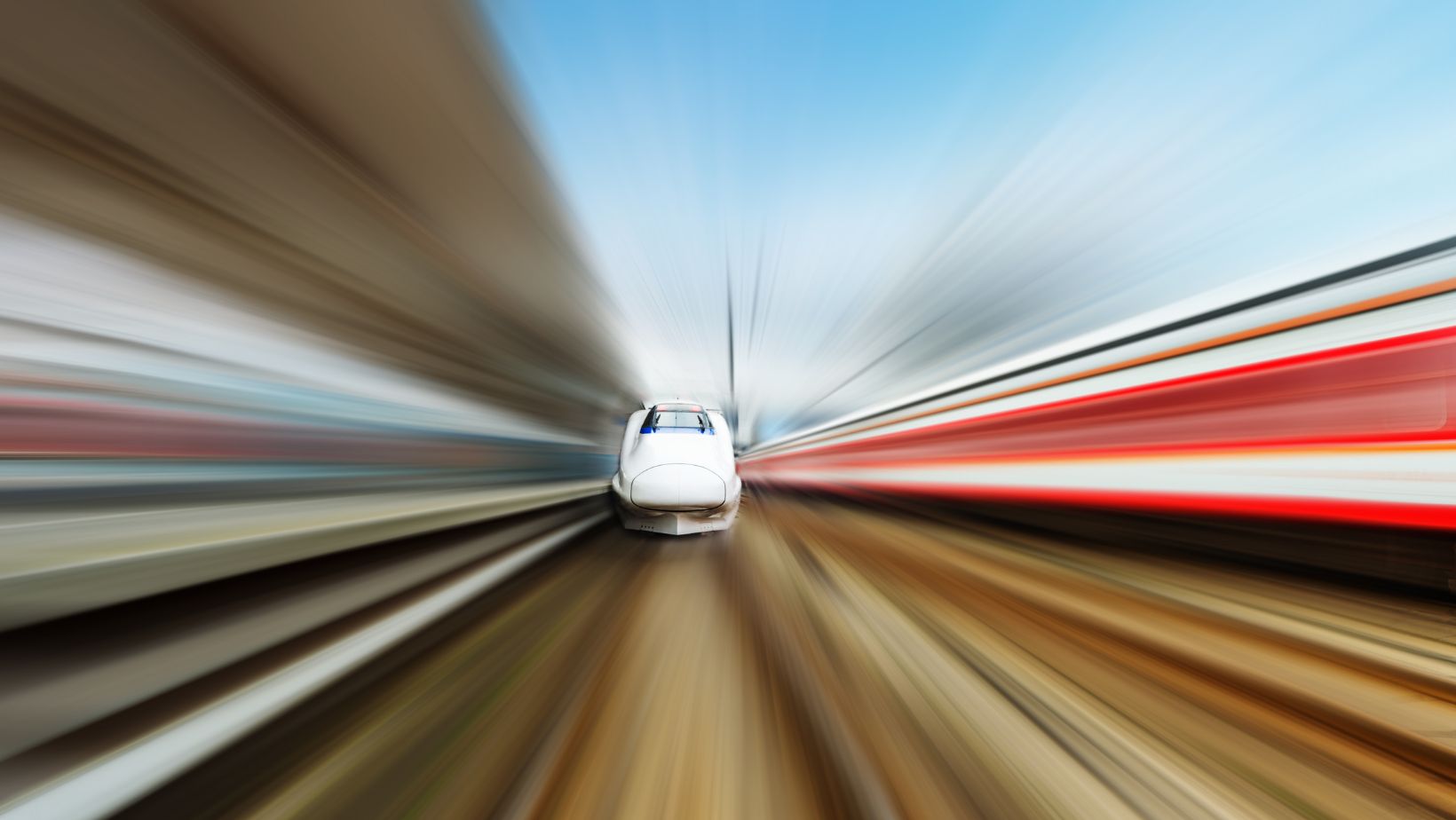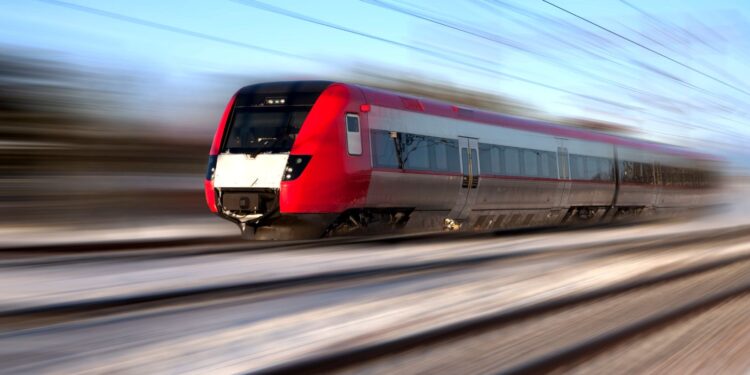Traveling at High Speeds __________.
Traveling at high speeds is an exhilarating experience that has fascinated me for years. As a physics enthusiast, I have always been intrigued by the scientific principles behind these incredible velocities. In this article, I will delve into the captivating world of high-speed travel and explore the physics that governs it. From the concept of velocity to the effects of aerodynamics, we will uncover the secrets behind this thrilling phenomenon.
When it comes to traveling at high speeds, understanding the concept of velocity is crucial. Velocity is not just about how fast an object is moving, but also the direction in which it is traveling. In this article, I will explain the difference between speed and velocity and how they are calculated. We will explore how velocity affects the time it takes to reach a destination and the forces acting on an object in motion.
Aerodynamics plays a significant role in high-speed travel, influencing both the efficiency and safety of vehicles. In this article, I will discuss the principles of aerodynamics and how they apply to various modes of transportation. From the sleek design of airplanes to the streamlined shape of racing cars, we will examine how minimizing drag and maximizing lift can enhance performance at high speeds. Join me as we unravel the mysteries of the physics behind traveling at astonishing velocities.
What Is Speed?
Speed is a fundamental concept in the physics of traveling at high speeds. It refers to the rate at which an object moves, and is typically measured in units such as miles per hour or kilometers per hour. But speed is more than just a number – it is a key factor that determines how quickly we can reach our destination and what forces we will experience along the way.
When it comes to high-speed travel, velocity is another important concept to consider. While speed tells us how fast an object is moving, velocity takes into account both the speed and the direction of motion. So, if I’m traveling at 100 miles per hour north, my velocity is 100 miles per hour north. Velocity is a vector quantity, which means it has both magnitude and direction.
Understanding the concept of speed and velocity is crucial when it comes to the physics of high-speed travel. The faster we move, the less time it takes to reach our destination. This is because time is inversely proportional to speed – the higher the speed, the shorter the time it takes to cover a certain distance.
However, traveling at high speeds comes with its own set of challenges. As an object moves through a fluid medium, such as air or water, it experiences aerodynamic forces that can affect its performance and safety. These forces include drag and lift. Drag is the force that opposes the motion of an object and is caused by the interaction between the object and the fluid it is moving through. Lift, on the other hand, is the force that acts perpendicular to the direction of motion and is responsible for keeping an object airborne.
In order to enhance performance and efficiency at high speeds, it is crucial to minimize drag and maximize lift. This is achieved through the design and engineering of vehicles that are streamlined and aerodynamically efficient. By reducing drag, we can increase speed, improve fuel efficiency, and reduce the overall forces acting on the vehicle.
So, when it comes to the physics of traveling at high speeds, understanding the concepts of speed, velocity, and aerodynamics is essential. By optimizing these factors, we can achieve faster, safer, and more efficient journeys.

Understanding Velocity
When it comes to high-speed travel, understanding velocity is crucial. Velocity is a fundamental concept in physics that describes the rate at which an object changes its position. It is a vector quantity, meaning it has both magnitude and direction. In the context of travel, velocity is the speed at which an object moves in a particular direction.
To put it simply, velocity is how fast you’re going and in which direction you’re going. It’s important to note that speed and velocity are not the same thing. Speed refers to how fast an object is moving, while velocity takes into account both the speed and the direction of movement.
In the world of high-speed travel, velocity plays a significant role in determining the time it takes to reach a destination. The higher the velocity, the faster you can get to your destination. This concept is particularly important for modes of transport like airplanes and high-speed trains, where reducing travel time is a top priority.
One of the key factors that affects velocity in high-speed travel is drag. Drag is the resistance force that acts against the motion of an object through a fluid, such as air or water. The faster an object moves, the more drag it experiences. Minimizing drag is crucial for maintaining high velocity and reducing travel time.
Another factor that affects velocity is acceleration. Acceleration is the rate at which an object changes its velocity over time. In high-speed travel, acceleration is often used to increase velocity quickly, allowing for faster travel times. However, it’s important to note that acceleration must be carefully managed to ensure passenger safety and comfort.














